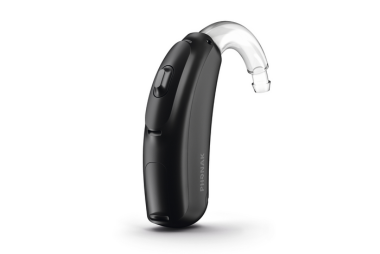Know your hearing
Contact Us
+91 80727 06768
Anatomy Of The Ear
The ear is a complex and highly sensitive organ that plays a
crucial role in our ability to hear and maintain balance.
he ear can be divided into three main parts: the outer ear,
middle ear, and inner ear.
Types of Hearing Loss
Services
At Sinewave we want to make sure that the hearing aids are always working at their best.
We offer high professional hearing aid servicing at all of our hearing centres. Our staffs are well trained to repair hearing aids and supply, suggest and install batteries with a high degree of precision.
This occurs when there is a problem with the outer or middle ear that prevents sound from being conducted effectively to the inner ear. Common causes include ear infections, wax buildup, and perforated eardrums.
This occurs when there is damage to the inner ear or the auditory nerve that connects the ear to the brain. Common causes include aging, exposure to loud noise, and certain medications.
This is a combination of conductive and sensorineural hearing loss, meaning there is a problem with both the outer or middle ear and the inner ear or auditory nerve.

Types Of Hearing Aids

Behind-the-ear (BTE) hearing aids
These hearing aids sit behind the ear and are connected to a custom earpiece or earmold. BTE hearing aids are suitable for a wide range of hearing loss and can accommodate a range of features, including directional microphones, telecoil, and wireless connectivity

Receiver-in-canal (RIC) hearing aids
These hearing aids are similar in design to BTE hearing aids, but the receiver (or speaker) is located in the ear canal rather than in the main body of the hearing aid. RIC hearing aids are suitable for mild to severe hearing loss and offer a more natural sound quality than traditional BTE hearing aids.

Completely-in-canal (CIC) hearing aids:
These hearing aids are similar in design to BTE hearing aids, but the receiver (or speaker) is located in the ear canal rather than in the main body of the hearing aid. RIC hearing aids are suitable for mild to severe hearing loss and offer a more natural sound quality than traditional BTE hearing aids.

Rechargeable Hearing Aids
Rechargeable hearing aids are devices designed to help individuals with hearing loss hear better while also being convenient to use. hese hearing aids are powered by rechargeable batteries, which can be recharged easily by plugging them into a power source. Rechargeable hearing aids can be more cost-effective in the long run as they eliminate the need to buy and replace disposable batteries. Additionally, they are more environmentally friendly as they reduce the amount of battery waste generated.
The degree of hearing loss can range from mild to profound
- Mild Hearing Loss
A person with mild hearing loss may hear some speech sounds but soft sounds are hard to hear. - Moderate Hearing Loss
A person with moderate hearing loss may hear almost no speech when another person is talking at a normal level. - Severe Hearing Loss
A person with severe hearing loss wxill hear no speech when a person is talking at a normal level and only some loud sounds. - Profound Hearing Loss
A person with a profound hearing loss will not hear any speech and only very loud sounds

 செல்வத்துள் செல்வம் செவிச்செல்வம்
செல்வத்துள் செல்வம் செவிச்செல்வம்